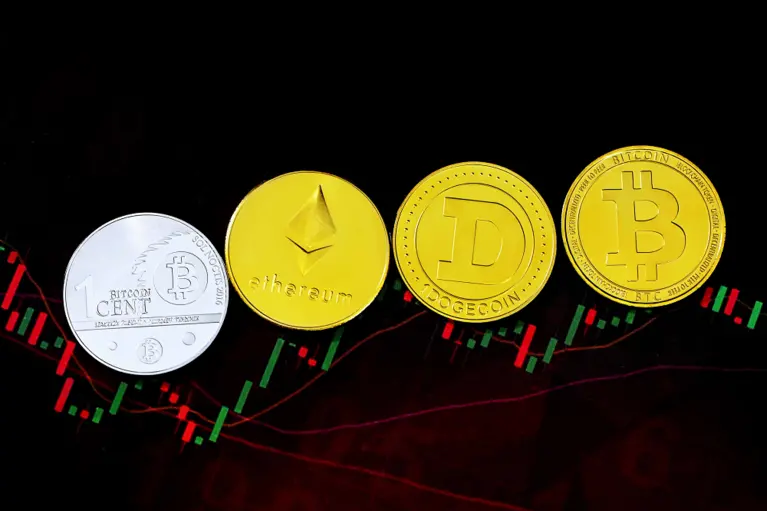Companies need to find their way in order not to be left behind in the use of intelligence technology
The release of ChatGPT was a big bang for what we now call generative AI (artificial intelligence). Language model technology has attracted users faster than any other innovation and is beginning to change the world of work, private and public life. In the study "The economic potential of generative AI", McKinsey recently analyzed that generative AI has a potential of 2.6 to 4.4 trillion dollars across all industries. dollars across all industries.
After the high-tech industry, banks would be among the main beneficiaries of generative AI and could increase their profits by 2.8 to 4.8%. The areas with the greatest AI impact in banking are marketing & sales, customer operations, software engineering and risk and legal. The interesting question is: why is the impact on the banking sector in particular so great?
Ideal field of application
As a "quantitative" business that relies heavily on knowledge and technology, banking is predestined for the use of AI. The financial sector is therefore already one of the largest users of non-generative AI solutions such as machine learning or intelligent optimization. Other characteristics also make banking the ideal field of application for generative AI.
Firstly, there are many legacy IT systems that need to be modernized. This can be accelerated and optimized enormously with generative AI.
The second aspect is the high proportion of employees with direct customer contact. Intelligent chatbots can take over tasks from humans and act as "co-pilots" to increase productivity and quality in customer service, for example.
Thirdly, strict regulation places high demands on legal, compliance and risk management. Reducing costs here, optimizing processes and helping to define and adhere to compliance rules can be an enormous lever for banks' profitability.
The fourth point is the high proportion of knowledge workers who are particularly supported by generative AI. Beyond the front office and compliance department, there are also numerous processes in the back office that can be optimized with generative AI.
In addition to the monetary potential, the use of generative AI has other advantages. In particular, the McKinsey study cites higher customer and employee satisfaction, better decision-making, improved risk management and optimized process monitoring to prevent fraud, money laundering and terrorist financing.
But how can banks leverage the potential of generative AI? It should be noted that the pressure comes not only from these potentials and competitors, who in turn can gain competitive advantages by implementing generative AI, but also from their own employees. This is because employees will increasingly use generative AI if they realize that ChatGPT can help them in their job. This use must also be channeled through a strategy.
Fortunately, ChatGPT offers a kind of readily available sandbox for experimenting with generative AI. Translated into the corporate world, ChatGPT is a simple and intuitive user interface that allows specialist departments to work with generative AI in their own language without any technical knowledge or complex API integration (Application Programming Interface - API for short). On the one hand, the specialist department can learn how to work with these tools - for example, how to formulate tasks, i.e. "prompts", in such a way that the AI provides the desired answers. On the other hand, they can use their process knowledge to test where the use of AI can add value through process optimization or the development of completely new processes.
However, there are limits to the use of ChatGPT as an AI sandbox in terms of information and data security, which are particularly important for regulated companies, as well as regulatory requirements that must be observed when using external software-as-a-service. But beyond these restrictions, there is a wide, non-critical field for experimentation.
Once the potential areas of application for generative AI have been identified, it is possible to set up your own fine-tuned solutions based on the GPT language model or special models for financial companies, such as those currently being developed by Bloomberg. For example, it is conceivable that a bank could train existing models with internal documents such as organizational manuals, work instructions and process descriptions in order to create a basis for further internal bank applications.
Six steps
There are no standard strategies for the use of generative AI for financial companies. Each company must find its own way to avoid losing touch with the use of intelligence technology. ChatGPT can provide a starting point for the development of an individual AI strategy. As an example, banks and other regulated companies can move towards a regulatory compliant use of AI with six steps:
Set up a strategic/operational framework for the potential use of generative AI (identification of fields of use, strategic impact of use, localization of fields of use in specialist departments);
Clarification of the possibilities from the perspectives of information security, data protection and supervisory law for the use of AI models from third-party providers;
Presentation of ChatGPT and basic training for the use of ChatGPT;
Formulation of tasks at departmental level for the test-based use of ChatGPT (objectives, test scenarios, time period, evaluation/results report);
Definition of criteria for own fine-tuning projects based on the test scenarios (business cases/ effectiveness cost-income ratio, process throughput times, resource efficiency, etc.);
Start of fine-tuning projects (API integration, collection and preparation of training data).
The guest article was published on 5.7.2023 in the Bören-Zeitung.




